Memory Performance: 16GB DDR3-1333 to DDR3-2400 on Ivy Bridge IGP with G.Skill
by Ian Cutress on October 18, 2012 12:00 PM EST- Posted in
- Memory
- G.Skill
- Ivy Bridge
- DDR3
The realm of DDR3-2400 MHz memory is reserved for two types of setup – strong Sandy Bridge and Sandy Bridge-E processors, or Ivy Bridge processors. The former can depend on the motherboard as well – within my motherboard testing I was finding that some motherboards enjoyed running at DDR3-2400 with an appropriate processor, whereas others needed a bump in voltages to get to work. For Ivy Bridge processors though, DDR3-2400 should be a walk in the park – based on overclocking results it seems that processors produced in Malaysia have good memory controllers, whereas ones made in Costa Rica have better processor speed/voltage characteristics (though your mileage may vary). So having a high and stable memory speed is ideally paired with an Ivy Bridge processor at this point.
As you can imagine, if DDR3-2133 was getting expensive, then DDR3-2400 is even much more so, even if the kit is rated C10 rather than C9. The additional cost comes mainly from binning – i.e. making sure that there are enough ICs to go into these memory kits. A 4x4 GB kit needs 32 ICs capable of running this speed, and to get those 32 may require north of 500 ICs to be tested (the rest get binned into other slower modules), though the exact numbers are obviously a well kept secret from G.Skill. If I recall, in the early days of Nehalem, the high end 2000 C8 modules were literally 1 in 100 that passed the tests, and hence the exorbitant price at the time. This DDR3-2400 C10 kit comes in at $145, not much of a leap from DDR3-2133 C9 at $130, but the benchmarks will paint a truer picture of how much this difference matters later in the review.
Visual Inspection
The DDR3-2400 C10 kit today provided by G.Skill covers its TridentX branding. TridentX is one notch above RipjawsZ, and spans kits from DDR3-2400 C9 to DDR3-2800 C11. The main features on the kit (aside from the speeds) are the heatsinks, to which G.Skill have added a detachable fin. Without the fin, the module is approximately 9mm above the module, and with the fin the total height is 22mm above the PCB. That is a lot of height for a memory module that in 99% of circumstances would not produce enough temperature to trouble any build.
In order to remove the fin there is a screw at each end of the module, and the fin slides off effortlessly. The fins fit very well, but upon attempting to reattach a fin I was unable to get it on as securely as it came out of the box, leaving a little wobble in the fin. There is no cause for alarm if you get a module with a wobbly fin – nothing is wrong, and it will not affect the heat dissipation as much as most users may think. Most modules output a few watts at best, so dissipation of several watts of energy without a fin is simple enough.
Putting such a large module in our TRUE Copper scenario was a recipe for disaster:
Even putting the module in the second slot faired no better:
All the testing for this review was done on a ASUS P8Z77-V Premium motherboard with the Intel stock cooler, so module movement is not much an issue in that case, but big air coolers still get a lot of usage (and is more often than not an investment over several updates), so there are things to consider when purchasing memory.
JEDEC + XMP Settings
| G.Skill | |||||
| Kit Speed | 1333 | 1600 | 1866 | 2133 | 2400 |
| Subtimings | 9-9-9-24 2T | 9-9-9-24 2T | 9-10-9-28 2T | 9-11-10-28 2T | 10-12-12-31 2T |
| Price | $75 | $80 | $95 | $130 | $145 |
| XMP | No | Yes | Yes | Yes | Yes |
| Size | 4 x 4 GB | 4 x 4 GB | 4 x 4 GB | 4 x 4 GB | 4 x 4 GB |
|
|
|||||
| MHz | 1333 | 1600 | 1867 | 2134 | 2401 |
| Voltage | 1.500 | 1.500 | 1.500 | 1.650 | 1.650 |
| tCL | 9 | 9 | 9 | 9 | 10 |
| tRCD | 9 | 9 | 10 | 11 | 12 |
| tRP | 9 | 9 | 9 | 10 | 12 |
| tRAS | 24 | 24 | 28 | 28 | 31 |
| tRC | 33 | 33 | 37 | 38 | 43 |
| tWR | 10 | 12 | 14 | 16 | 16 |
| tRRD | 4 | 5 | 5 | 6 | 7/6 |
| tRFC | 107 | 128 | 150 | 171 | 313 |
| tWTR | 5 | 6 | 8/7 | 9/8 | 10/9 |
| tRTP | 5 | 6 | 8/7 | 9/8 | 10/9 |
| tFAW | 20 | 24 | 24 | 25 | 26 |
| tCWL | - | 7 | 7 | 7 | 7 |
| CR | - | 2 | 2 | 2 | 2 |


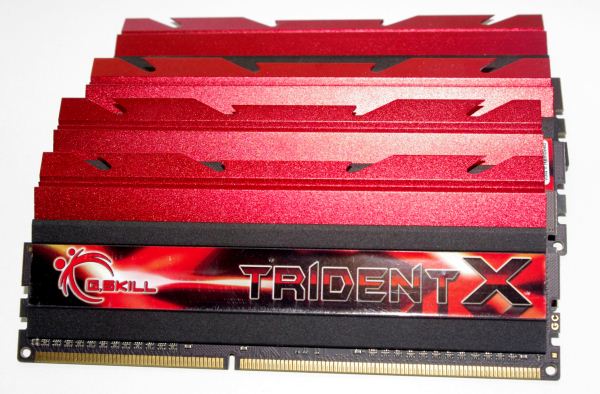
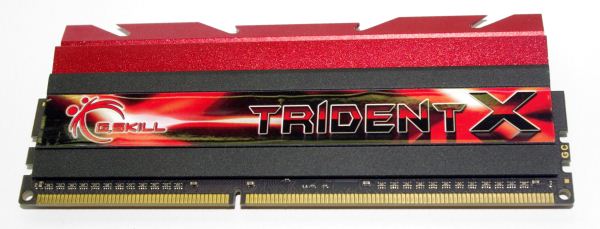
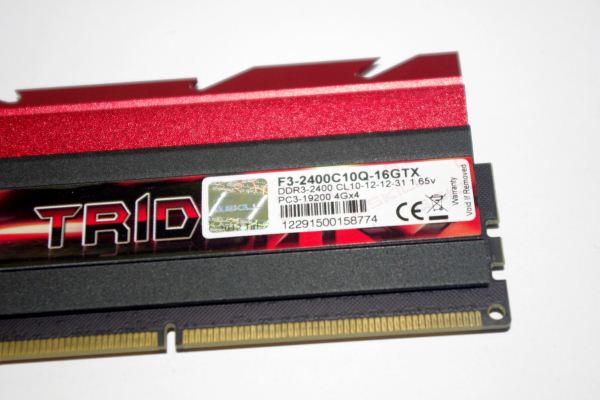
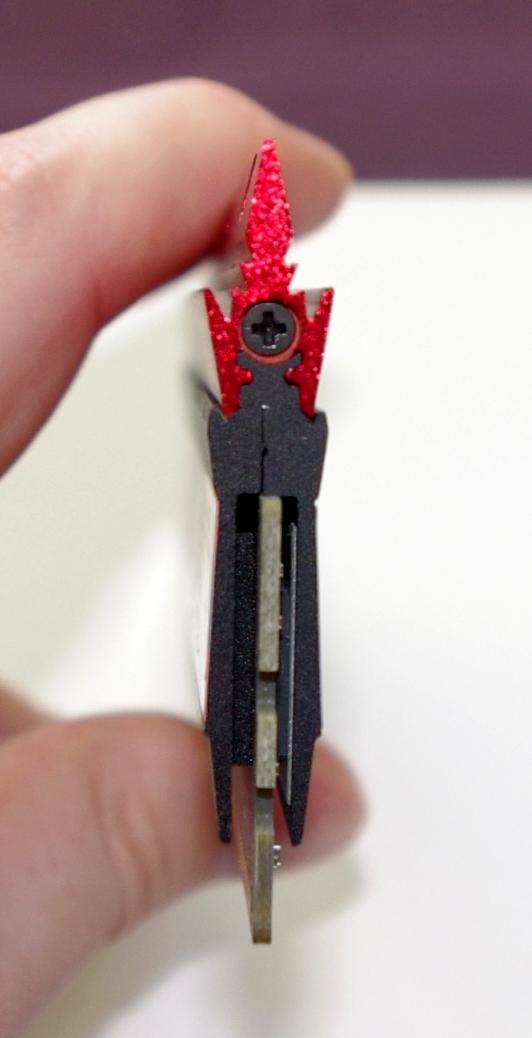


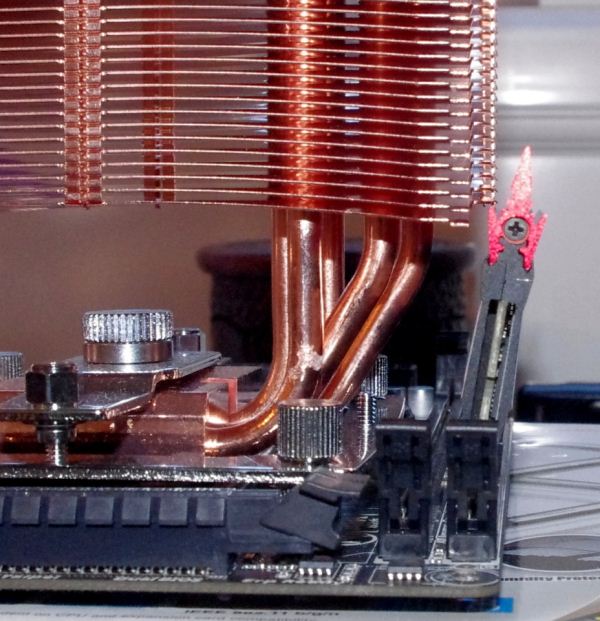















114 Comments
View All Comments
crackedwiseman - Thursday, October 18, 2012 - link
OK, just one question: why in the hell are the IGP memory tests done on an i7? The results would be much more meaningful if the tests were on an AMD A10 or similar - it has a beefier IGP, and thus would be more bandwidth-bound.creed3020 - Thursday, October 18, 2012 - link
100% Agree. Doing these tests against a Trinity APU would have been much more interesting from a iGPU point of view. It it well known that AMD APUs benefit from increased memory bandwidth, AT has yet to test Trinity for this yet they did it for Llano.silverblue - Thursday, October 18, 2012 - link
It makes sense to test; HD 4000 is far superior to HD 3000 and it is worth knowing if that extra power is bandwidth limited. Generally, it is a little, though nowhere near as much as AMD's equivalents are.JonnyDough - Monday, October 22, 2012 - link
Not to mention, it's surprising to me that AMD wasn't mentioned as a company trying to match memory to motherboard. AMD started making their own memory modules, an interesting fact I think.SeanJ76 - Saturday, June 21, 2014 - link
AMD is a decade behind Intel, in processor technology and instructions, it really doesn't matter what AMD attempts to do....SeanJ76 - Saturday, June 21, 2014 - link
No one gives a shit about APU you moron......these are desktop tests!hp79 - Thursday, October 18, 2012 - link
Maybe because more people use intel? I agree that it would have stood out more if it was AMD's IGP, but doing the test on intel IGP is also okay and gives an idea of what to expect. I think the article is fine. Besides, do people really play games with IGP? If I am playing demanding games, I want the frame rates to be minimum 60 fps. That's why I use a dedicated graphics card. This might change when AMD's IGP gets even more powerful, but for now I think it's still not there yet.zcat - Thursday, October 18, 2012 - link
> Besides, do people really play games with IGP?Some of us do. My miniitx i7 is primarily for work & everyday use, but its HD4000 is fast enough for Portal 2 and Diablo 3 to be very playable @ 1920x1080p with AA off.
However, I know the limits of IGP, and intend on upgrading to an overclocked GeForce GTX 650 Ti very soon in order to play some more demanding games this winter.
sking.tech - Monday, October 22, 2012 - link
you may want to reconsider your choice of video "upgrade"nvidia's 2nd number is more significant than the first as far as overall gaming graphics power goes... You'd do better going for a 560 TI than a 650 for approx the same cost
Dirk Broer - Wednesday, July 24, 2013 - link
You should first look at what chip actually powers the card -and it's capabilities- before staring yourself blind on the last two digits. Besides that, a GTX 560 Ti is more expensive than a GTX 650.